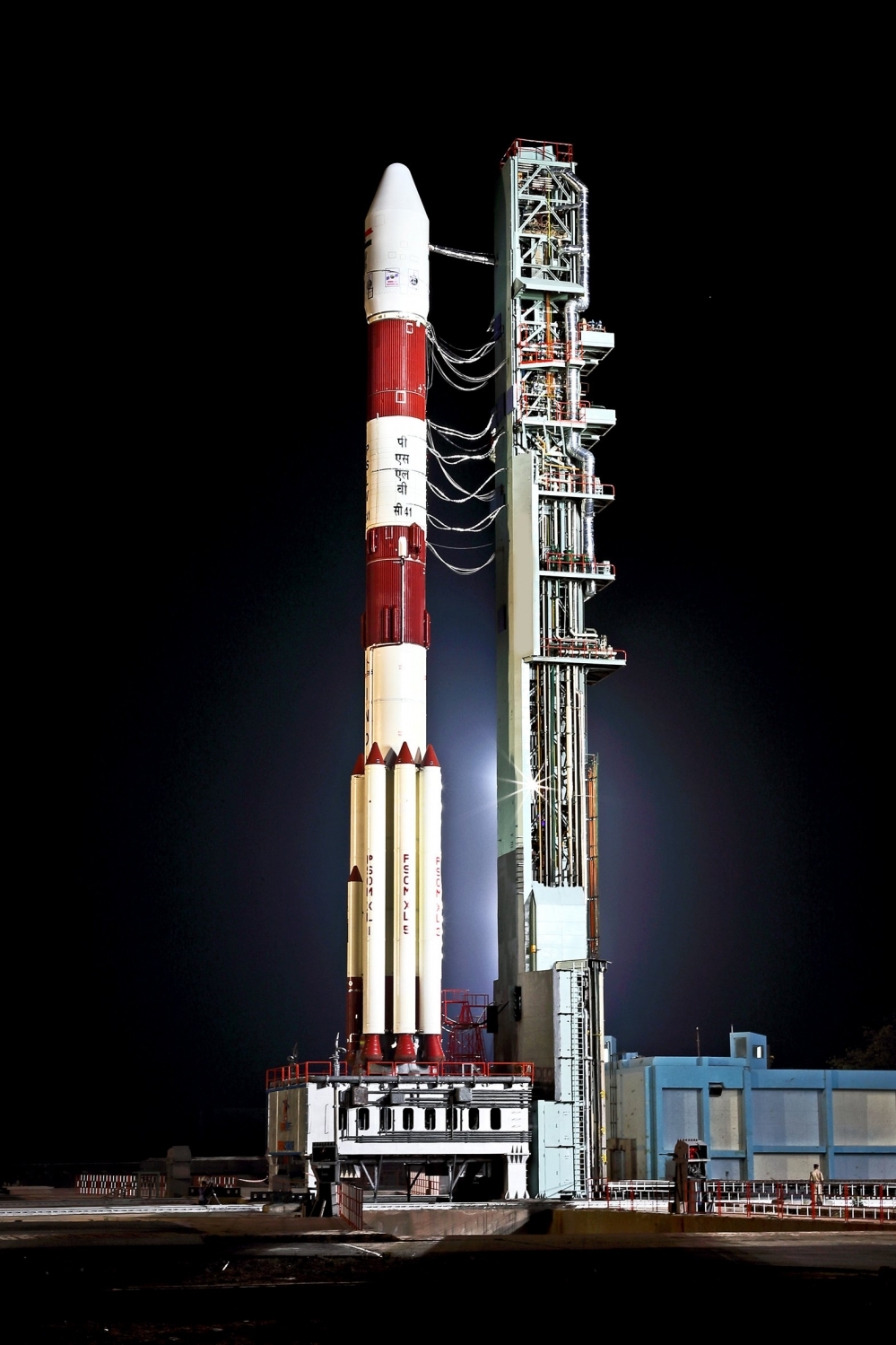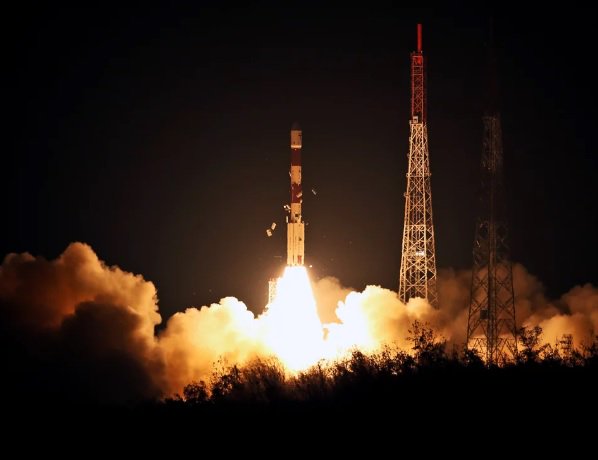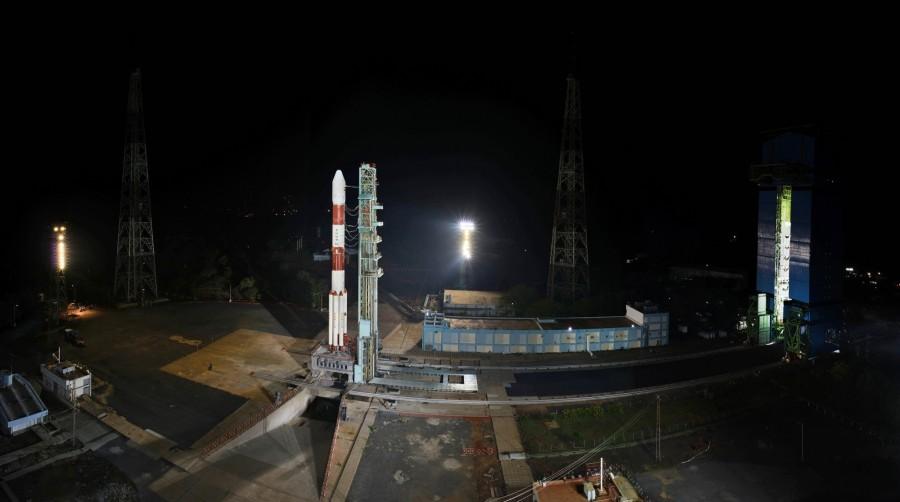1 of 3


At 4.04 a.m., the four stage/engine PSLV-XL rocket, standing 44.4 metres tall and weighing 321 tonnes, blasted off from the first launch pad. Just over 19 minutes into the flight, the rocket slung IRNSS-1I into the orbit from where the satellite will be taken up to its final position at geo synchronous orbit at a height of 36,000 km.
Credit: IANS
2 of 3


The 1,425 kg satellite was carried into space by Polar Satellite Launch Vehicle (PSLV) rocket's 'XL' variant. Simply put, NavIC (Navigation with Indian Constellation, earlier the Indian Regional Navigation Satellite System or IRNSS) is the Indian 'GPS'. After the successful launch, Indian Space Research Organisation Chairman K. Sivan said:"I am extremely happy to announce that the PSLV has precisely injected the navigation satellite in the targetted orbit."
3 of 3
![The Rs 1,420 crore Indian satellite navigation system NavIC consists of nine satellites -- seven in orbit and two as substitutes. The fully operational system is expected to provide accurate position information service to users across the country and the region, extending up to an area of 1,500 km. The 1,425 kg IRNSS-1I was the second satellite sent up as replacement for IRNSS-1A and the ninth of the IRNSS satellite series. Isro,IRNSS-1I,navigation satellite IRNSS-1I,NavIC,PSLV-C41/IRNSS-1I satellite,IRNSS-1I satellite]()

The Rs 1,420 crore Indian satellite navigation system NavIC consists of nine satellites -- seven in orbit and two as substitutes. The fully operational system is expected to provide accurate position information service to users across the country and the region, extending up to an area of 1,500 km. The 1,425 kg IRNSS-1I was the second satellite sent up as replacement for IRNSS-1A and the ninth of the IRNSS satellite series.
Credit: IANS








